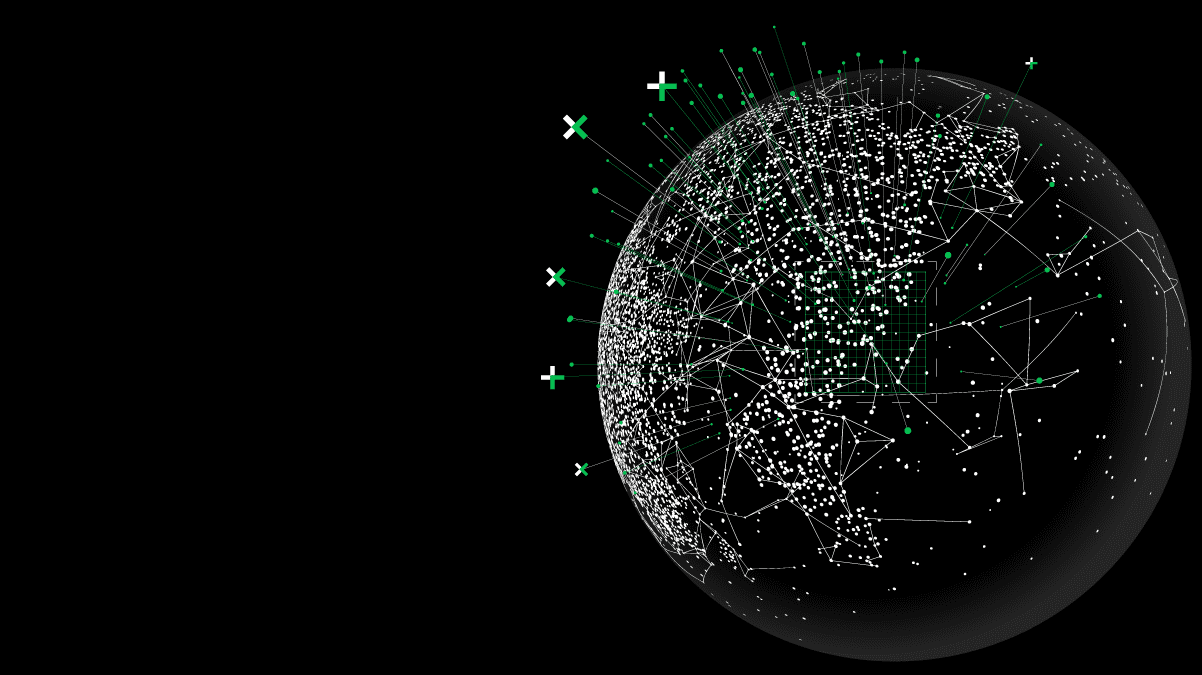Defending Brands – New Realities, New Partnerships

Defending brands relies on IT security and brand protection teams—they can collaborate to reduce brand abuse across customer-facing digital channels and enhance brand resiliency.
The first decade of the 21st century saw a new phenomenon: the rise of the digital world. E-commerce, social media, mobile computing, smartphones, and remote work ushered in new ways of conducting business, learning, entertaining ourselves and connecting with others.
A parallel, yet unsurprising, phenomenon — the rise of brand weaponization online — emerged during this time, as the on-demand economy became the norm. Unscrupulous, profit-seeking actors instantly recognized the vast opportunity to use the power of well-known brands, and fast-growing digital channels for consumer-brand interaction, to lure unsuspecting users to sites containing scams, malware, and counterfeit goods.
Now, 20 years into the new century, we see the digital world expanding not only further, but also, more rapidly. Consider the following figures and trends:
- From 2016 to 2019, mobile app downloads worldwide increased from nearly 141 billion to 204 billion.1
- In 2018, an estimated 1.8 billion people worldwide purchased goods online; that figure is projected to rise to over 2.4 billion people by 2021.2
- There are more than 3.8 billion social media users worldwide3. And they spend an average of two hours and 24
- minutes per day multi-networking across an average of eight social networks and messaging apps.
In short, people can interact even more immediately, frequently, and intimately with their favorite brands through public, customer-facing digital channels, using any device. True to form, malicious actors have responded by using these channels to their advantage. They are abusing brands — and users’ trust in brands — to make mischief and profit. That is hurting businesses worldwide: Consider that the sale of counterfeit and pirated goods alone could displace up to $1.2 trillion dollars of legitimate companies’ global sales by 2022.
Data shows that 72% of customers will switch brands after just one bad experience and dissatisfied customers on average tell 9 to 15 people about their poor experience.
To alleviate growing mistrust in the digital marketplace and to match the effort and sophistication of modern brand abusers, LexisNexis Brand Protection uses advanced machine learning to link visible and non-visible digital markers, uncovering entire abuse networks and accelerating the review, triage, and prioritization of brand abuse.
